There are many golfers who use golf score recording smartphone apps to keep track of their scores.
However, there are many problems with these score recording apps.
This is because many of the numbers displayed by the score recording apps are not numbers that will help you improve your score.
- Fairway holding percentage
- Number of OBs
- Par on percentage
- Number of putts
These are numbers that may lead to a slight increase in score, but have little relevance, and there are better numbers.
This is also called low probability.
The probability of par on percentage is discussed here.
Instead of the fairway holding percentage and the number of OBs, I suggest you record the number of OBs or too thin shots off the tee.
In order to get under 80, you need to keep the number of OBs or too thin shots off the tee to less than two in 18 holes.
As for the fairway holding ratio, the number of OBs, and the par on ratio, I think there are few people who know the appropriate values for each of these.
Even in business, there are many cases where people set a target with a low probability of success, and then do not feel that the target value is appropriate.
Employees who are given such numbers as targets will end up in a “death march”.
In recent years(in Japan), there have been many cases of employees committing fraud due to the pressure of the numerical targets, but I believe that the fundamental problem is not that the targets are too high, but that in many cases the probability is low and there is no sense of appropriateness.
I digress. Let’s get back to it.
In particular, the number of putts in a golf score has a very low probability of improving the score, and the way it is recorded should be reviewed.
First of all, a putt of 2 feet or 50 feet is the same stroke, but the degree of difficulty differs greatly.
Here is the number of putts by distance for PGA Tour professionals. (From “Every Shot Counts” by Mark Broadie)
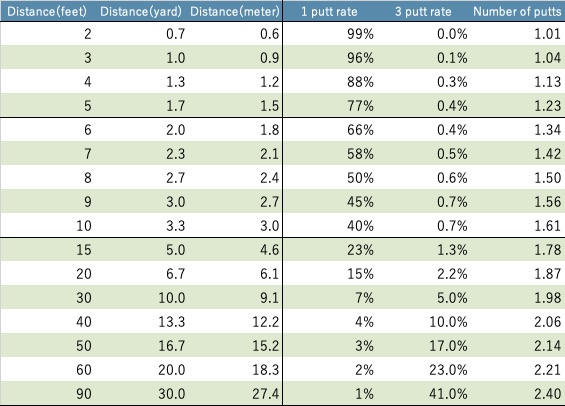
A putt of 2 feet in length will never miss 99% of the time for a professional, but a putt of 50 feet in length will only make 3% of the time for a professional.
In other words, if the course has large greens and long putts remain, or if your second shot is accurate and you have a high probability of hitting the green for par, the number of putts will increase because long putts will remain.
On the other hand, if you are unable to get on the green with your second shot, but are able to get close to the pin from around the green with your third shot, the number of putts will decrease.
Even on a course with small greens, the number of putts will decrease because the distance will be shorter.
In other words, you shouldn’t be upset if you putted 30 or 40 today, because the course and your last shot will greatly affect your putt count.
Putting in a round should be analyzed without the influence of the course and the immediately preceding shot.
The first and simplest way to do this is to look at the number of putts within 30 feet that you made 3 putts.
PGA Tour pros have a 5% chance of 3-putting within 30 feet; that’s only one in 20 times.
If your goal is to get under 80, you need to keep the number of putts within 30 feet that you 3-putt within one round.
However, I recommend that you record not only the number of putts within 30 feet that you 3-putt, but if possible, record all the putt distances in your round and compare them to the PGA Tour pro’s numbers.
If you do this, you will probably find that your weakness is putting at certain distances.
Once you know your weaknesses, you just need to strengthen them in practice.
Strengthening your putting in that way is much more effective than simply recording the number of putts you make in a round.
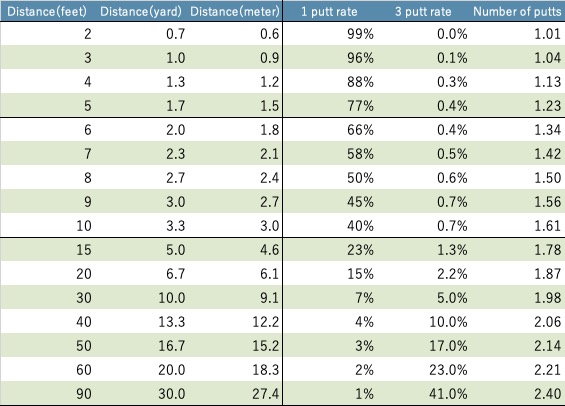

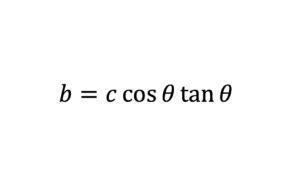
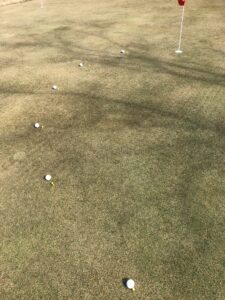
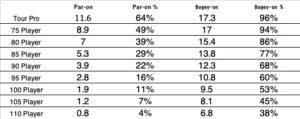
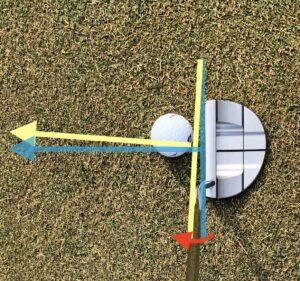
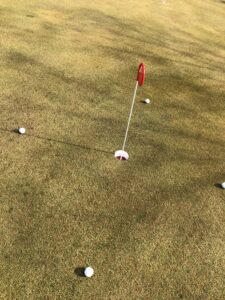

Comments